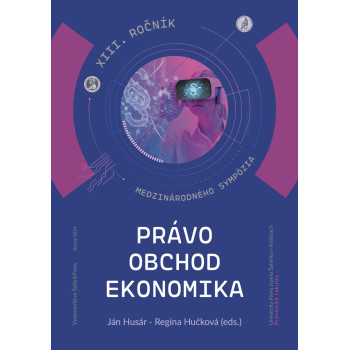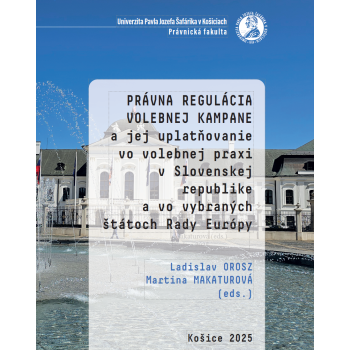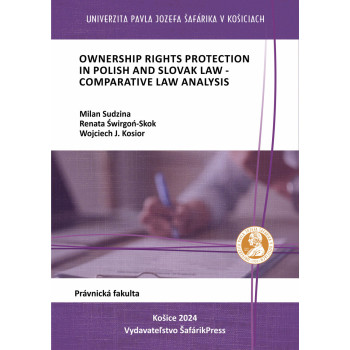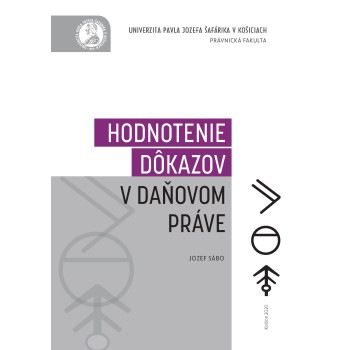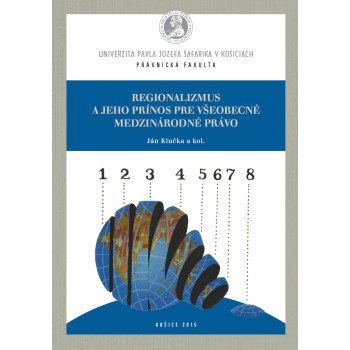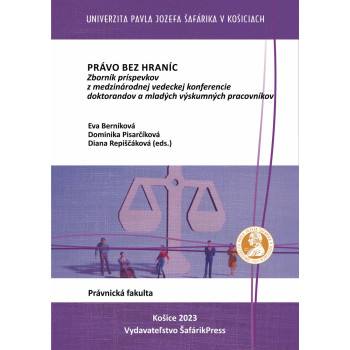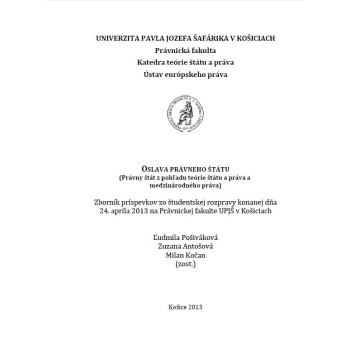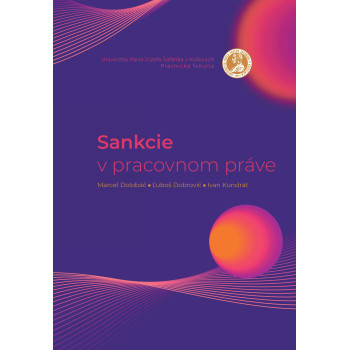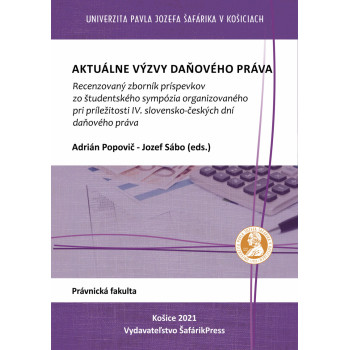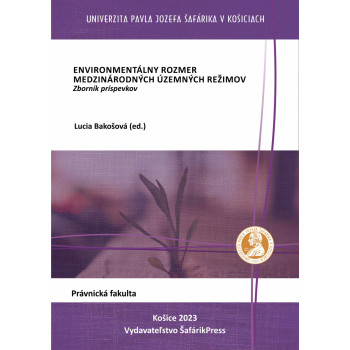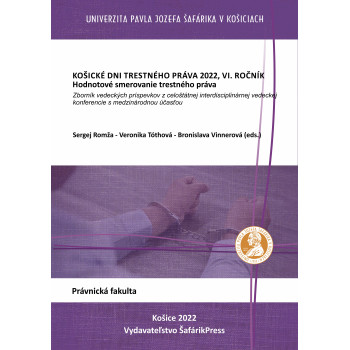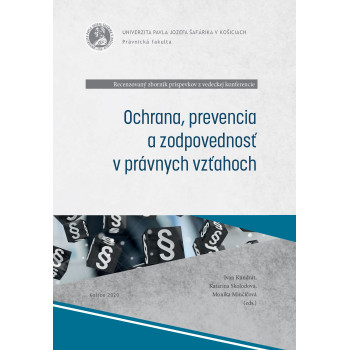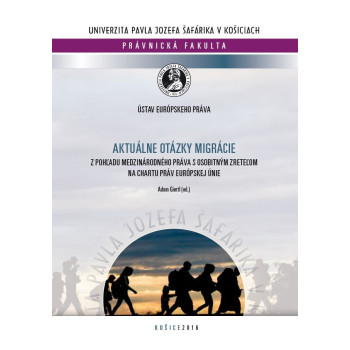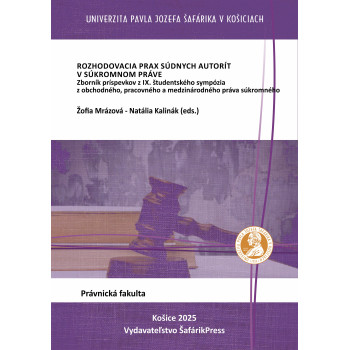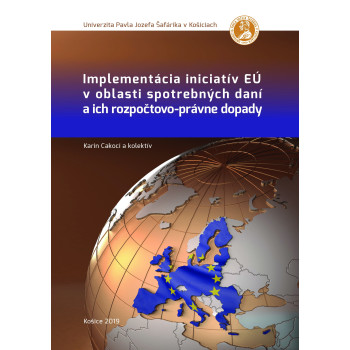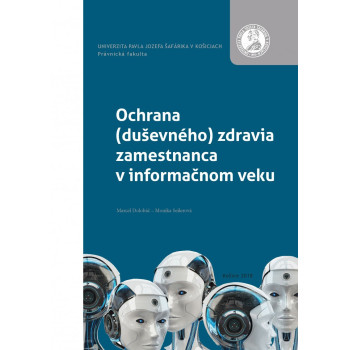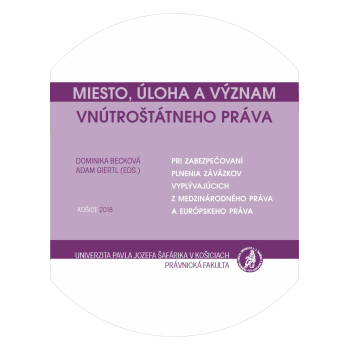
PRÁVO – OBCHOD – EKONOMIKA XIII.
E-book
Ján Husár - Regina Hučková (eds.)
Publication Law Business Economy XIII. is collection of international scientific works which contains scientific contributions of wide variety of branches of law, as well as related fields of scientific expertise. Among areas of issues which were discussed in this publication are questions of civil, commercial, tax, custom, competition, intellectual proporty, arbitration and corporate law, as well as other partial areas, including scientific works dealing with economic regulation and business and IT law. Entire publication is significant with richness of scientific contributions from various jurisdictions, because of renowed authors from various countries. Apart from theoretical contribution and expansion of current state of the art in submitted interdisciplinary area, solutions to legal problems were formulated at de lege ferenda level.



